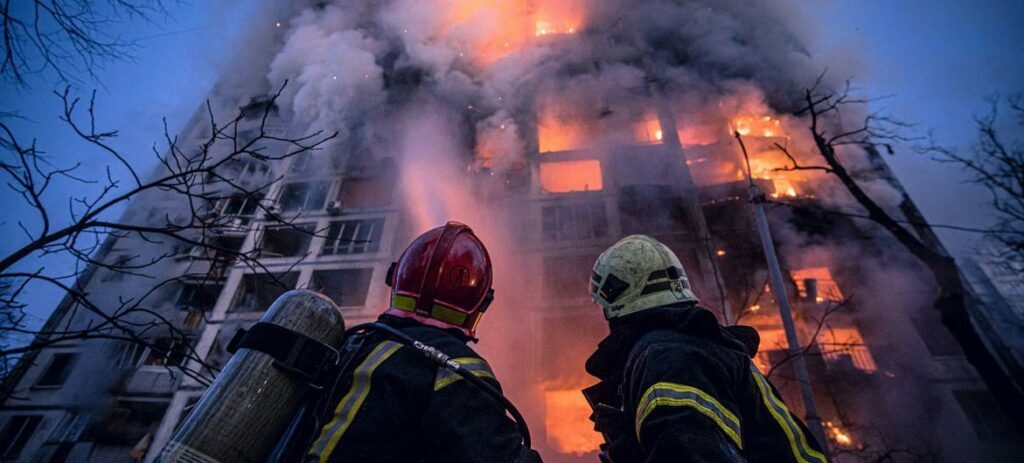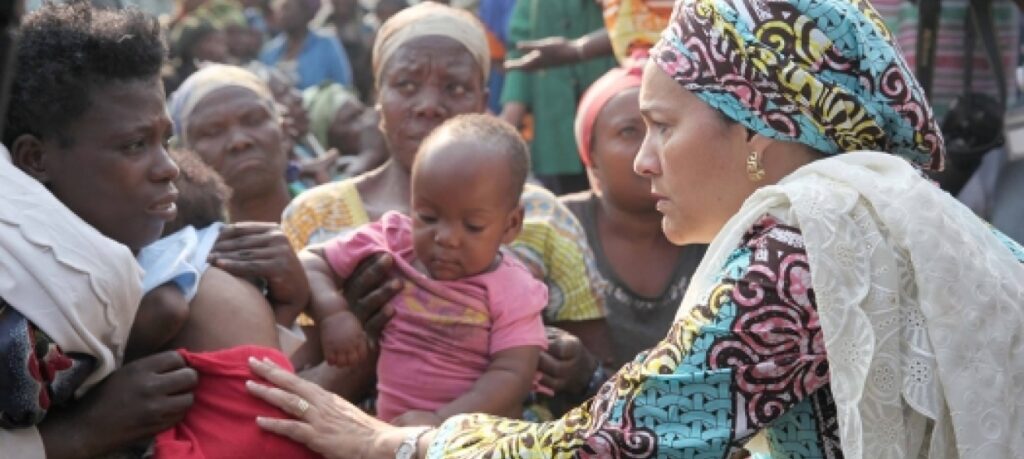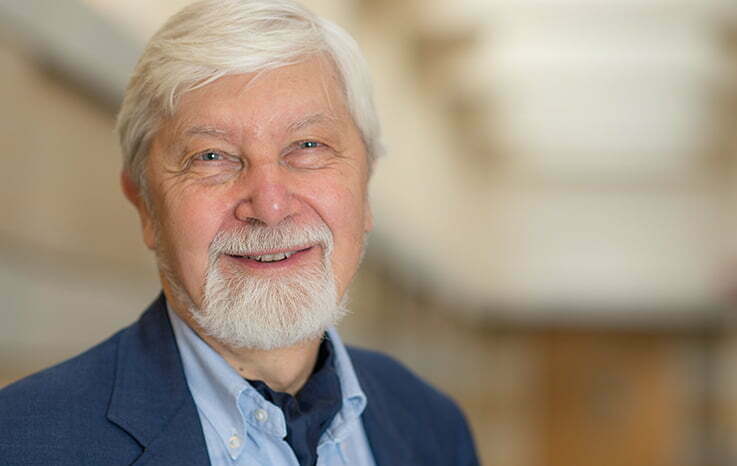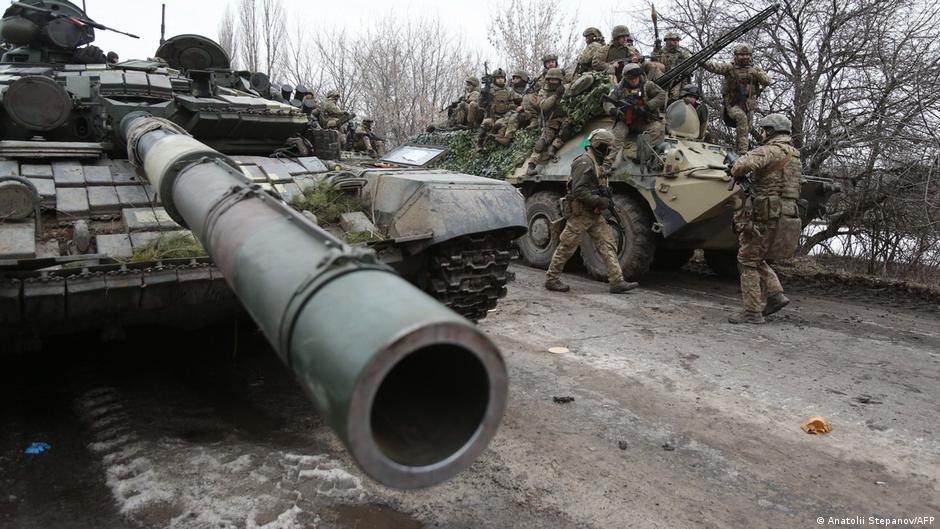In this article, we publish information gradually reflecting the name of the PIQASO project: Problem, Information, Questions, Answers, Solution, Outcome.
Problem
- Wars around the world

Information
- Although deaths caused by wars has decreased since the end of the Second World War, the number of wars has significantly increased globally in the last two decades.
- There are almost 27 ongoing wars or conflicts happening around the globe. These include interstate wars, civil wars, proxy wars and insurgencies. [Council on Foreign Relations]
- In the 21st century, around 2 million civilians and military personnel have lost their lives because of direct violence during wars. [Our World in Data]
- Wars not only results in deaths and injuries but also affects humans physically, socially, and mentally in the long-term.
- Physical health implications include sexual violence, transmission of HIV/AIDS, infant mortality, declining fertility rates, decrease in life expectancy, and spread of viruses and illnesses such as measles and diphtheria.
- Mental health implications include development of depression, anxiety disorder, aggressive behavior, somatic disorder and post-traumatic symptom disorder among combatants and civilians.
- Social and economic implications include forced displacements, destruction of healthcare and education facilities, famine, slavery, inflation, unemployment, and GDP decline.
- The economic impact of war can be observed through the recent Russia-Ukraine war. [NIESR]
- Due to this conflict inflation rate has increased from 4.71% in 2021 to 7.1% in 2022 and the global GDP is estimated to decline 0.5% from 2022 to 2023
- Around 50 wars have been successfully prevented or resolved through non-standard methods from 1960s to 2010s. These wars were prevented with help of non-profit and non-governmental organizations, peace organizations, and religious and educational institutions. [Peace Direct]
Success examples
- Nigeria, 2000 (Committee for the Protection of People’s Dignity)
- Serbia/Federal Republic of Yugoslavia, 1999-2000 (East West Institute)
- Northern Ireland, 1995 (The Mediation Network)
- Nicaragua, 1984-2001 (Local Peace Commissions and the Council of Evangelical Churches in Nicaragua, CEPAD)
- Burundi, 1993-2001 (ActionAid Burundi)
- Peru/Ecuador, 1995-1998 (Conflict Management Group)
- Lebanon, 1995 (Lebanon Conflict Resolution Network Lebanon)
Failure examples
- Syrian civil war:
Astana peace process: although it achieved formation of de-escalation zones in the country, it did not resolve the war.
Syrian Society for Social Development, ActionAid, International Rescue Committee.
- Baluchistan insurgency in Pakistan:
Aman Ittehad, an alliance of various NGOs, was formed in 2010 to resolve Balochistan insurgency, however, unfortunately it failed in its attempts.
- Yemen civil war
Sana’a Center for Strategic Studies after research and analysis provide policy recommendations to international policymakers to gradually end the war. However, the policymakers do not adopt their recommendations because their organization is independent and their policies contrast with the aims of the international policymakers. [Brookings]
- Israel’s occupation of Palestine
Israel Palestine Center for Research and Information (IPCRI) from 1988 and Combatants for Peace from 2006 are working to resolve the issue based on the two-state solution but they are unable to achieve their goal till today.
Current attempts
- Russia-Ukraine war
Association of Family Mediators of Ukraine, Dialogue in Action Initiative, Institute for Peace and Common Ground are working together for the development of conditions to convene potential dialogue between Russia, Ukraine and other global policymakers. [Peaceful Change]
Recommendation
- Wars between religious groups can be mediated if the international community cooperates with the moderates on both sides of the conflict (Jonathon Powell, Founder and CEO of Inter Mediate).

Questions & Answers

Peter Wallensteen, Senior Professor in Peace and Conflict Research at Uppsala University
Are non-standard methods of preventing wars effective today? If so, what are the guarantees of maintaining long-term reconciliation?
Still effective as a way of establishing communication. Works well, except in situations that involve particular concerns of major powers. Major powers prefer to sort out relations among themselves, rather than resorting to third parties, mediation, or court procedures.
There are no guarantees in life, only probabilities. The probability of a mediation effort to lead to a lasting solution is likely to be around 20-30 percent. In the end, it is the conflicting parties that make an agreement work.
Given that the autocratic governments are hostile or unwelcoming towards civil society and other non-profit organizations, how do you think the wars in which a major player is an autocratic government, be prevented by non-standard methods?
The odds are not good, but it is still worth trying. The only long-term solution is functioning democracy around the world, together with respect for human rights (particularly gender equality!).
In the current era of civil and proxy wars in which multiple states or groups are involved for different interests, do you think it is possible to convince all of them simultaneously to end the war?
It can happen through a multi-party conference format or through a sequence of agreements, beginning with one and gradually involving the others. Example: Central American process 1987-1996.
How can the Russia-Ukraine war be resolved through non-standard methods and which policy makers and organizations do you think should be involved in the process?
Not resolved, but communication can be established, for instance through the good offices of the UN Secretary General. Other potentially significant actors are countries such as China and India, but as far as we know they have not acted. Turkey is very active, but met with considerable suspicion, as is Russia-friendly Hungary. The organization for this conflict is OSCE, but it appears to be completely sidelined, unfortunately. Non-governmental organizations may help to establish links or transmit ideas, but there are very few that are acceptable on the Russian side.
Solution
- When resolving conflicts through standard methods, major powers should indulge in dialogue directly rather than depending on third parties such as peace institutions, NGOs, and other non-profit organizations
- When resolving conflict through non-standard methods, it is important that the parties or countries involved in the conflict should sign a peace treaty and agree with each other’s terms and conditions. This will ensure long-term reconciliation and peace.
- If an autocratic/authoritarian government is involved in a conflict, the long-term solution to resolve that conflict is to work for democratizing the country. This can be achieved with combine efforts of global governance institutions, major powers, civil society organizations, and the international community. This strategy will not only resolve the conflict but also will ensure respect for human rights and gender equality.
- When several groups or countries are involved in a conflict, third parties should arrange multi-party conference and gradually convince each party in sequence and should continue the process until all of them are agreed.
- UN and its offices, particularly UN Secretary General (UNSG) and Organization for Security and Cooperation in Europe (OSCE) can play a significant role in establishing communication for resolving Russian-Ukraine. Additionally, NGOs and peace institutions can play its role by establishing links and transmitting ideas to both sides of the conflict. Meanwhile, credible and independent NGOs from the Russian side should be trusted and involved in the communication process in order to achieve a balanced and viable dialogue.

Outcome
- When using the mentioned solutions, a positive result was often achieved. One example/outcome of these measures: The Central American peace process (1987-1996) is an instance in which conflict among several central American countries was resolved. The accord was signed to bring greater political freedom, cease-fires in guerrilla wars, amnesty, and to prevent rebel groups from using the territory.
This article was created as part of the TeaMWork program that brings together students across the globe (Monash University in Australia and Malaysia, and the University of Warwick in the United Kingdom).
Author: Kashif Ali Hadi, Monash University Malaysia


